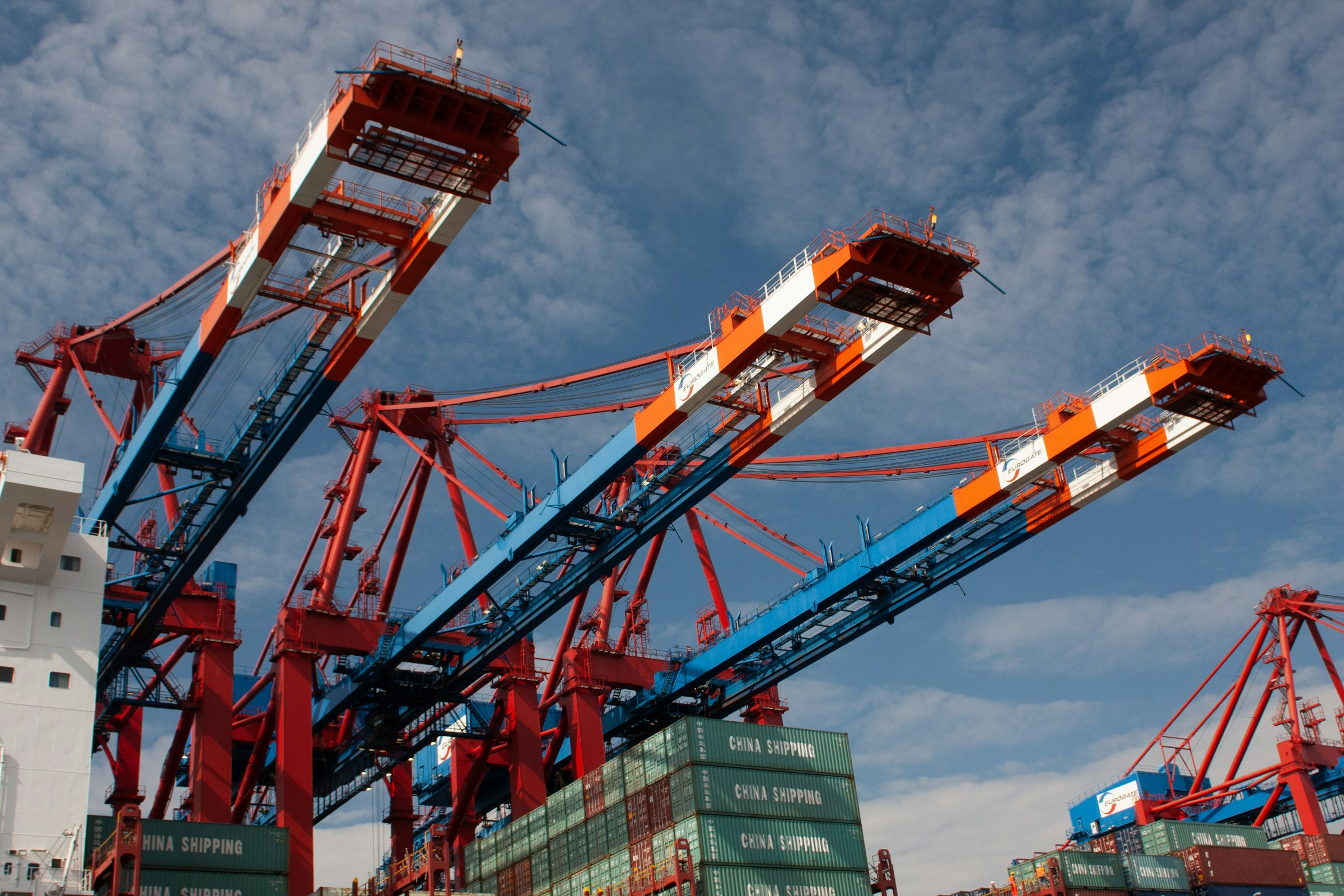Forget the usual tariff tit-for-tat. The real trade fight brewing between the US and Europe isn’t about steel or cheese—it’s about digital power. The European Union has made clear it wants to curb the dominance of Big Tech through regulatory pressure, antitrust enforcement, and privacy mandates. But as enforcement kicks in, Washington is signaling that these aren’t just consumer safeguards—they’re trade barriers. And behind that friction lies something more foundational: a clash in platform logic.
For founders and product teams watching this unfold, it’s not just geopolitical noise. It’s a monetization model under fire. And it’s revealing how exposed even the strongest flywheels are when platform economics collide with regulatory sovereignty.
The spark? Europe's enforcement of its landmark Digital Markets Act (DMA), which designates gatekeepers and forces them to unbundle services, open APIs, and stop favoring their own products. Apple, Meta, Amazon, Google—they’re all in the EU’s crosshairs. But it’s the implementation friction that’s sparking political backlash. The US Trade Representative is now framing this as “discriminatory regulation targeting American firms,” suggesting retaliatory measures aren’t off the table.
This isn’t posturing. It’s a preview of trade becoming a proxy for platform defense. The USTR is stepping in not because a policy was passed, but because platform design is being forcibly restructured in ways that cut directly into margin logic. The message: forced interoperability and self-preferencing bans aren’t neutral—they’re attacks on monetization architecture.
At the heart of the standoff is a basic tension: Europe sees digital regulation as market correction. The US sees it as a threat to value extraction. For Apple, mandating sideloading and third-party app stores in the EU compromises distribution control—a core pillar of App Store economics. For Meta and Google, new constraints on ad targeting and user data flow strike at the LTV engine.
In other words, these aren’t governance tweaks. They’re attempts to rewire product loops and unbundle economic control from user experience. Europe is asserting platform constraints at the logic layer: who gets access, who pays for reach, who controls visibility. That has deep implications for how product ecosystems scale, price, and capture value.
What’s striking is how platform responses are starting to look like product fragmentation by geography. iOS updates in the EU now come with different permission structures. Meta launched a paid ad-free option in Europe. Amazon’s self-preferencing adjustments will not roll out globally.
These aren’t localization decisions. They’re compliance forks. And they break the idea of a uniform global platform. For developers, advertisers, and growth teams, this means building with edge-case behaviors in mind. Suddenly, EU-based user acquisition or retention may not map cleanly onto US assumptions—because the platform rules of engagement are materially different.
This also breaks product leverage assumptions. Take third-party cookie depreciation: already hitting US adtech, but Europe is escalating even faster. The ability to scale a tool, plugin, or AI wrapper across regions now hits structural friction not just from code—but from law.
Here’s the part most product and GTM teams underplay: regulatory divergence is no longer abstract. It lives inside your funnel. If your pricing relies on platform-dependent visibility (like marketplace boost, SEO placement, app store discovery), then compliance changes shift your CAC overnight.
The lesson isn’t “regulate less.” It’s build with distribution fragility in mind. That means designing onboarding and revenue flows that can adapt to regional rulesets. It means modeling exposure to data permission regimes before you scale. And it means rethinking what “multi-market” go-to-market actually costs.
In short: pricing models that depend on ungoverned platform dominance are becoming historical artifacts. Product resilience now includes policy surface mapping.
The rhetoric will frame this as a transatlantic trade dispute. But under the hood, it’s something sharper: Europe is probing the limits of US platform power—not through market share, but through design constraints. And Washington is responding because that design is where the margin lives.
For founders, this is a wake-up call. Your platform partner isn’t just a technical dependency—it’s a geopolitical liability. That doesn’t mean go offline. It means build models that can survive without assuming entrenchment equals immunity.
The fight isn’t tariffs versus tech. It’s product economics versus policy assertiveness. And for once, policy is landing punches that code can’t dodge.






.jpg&w=3840&q=75)






.jpg&w=3840&q=75)
